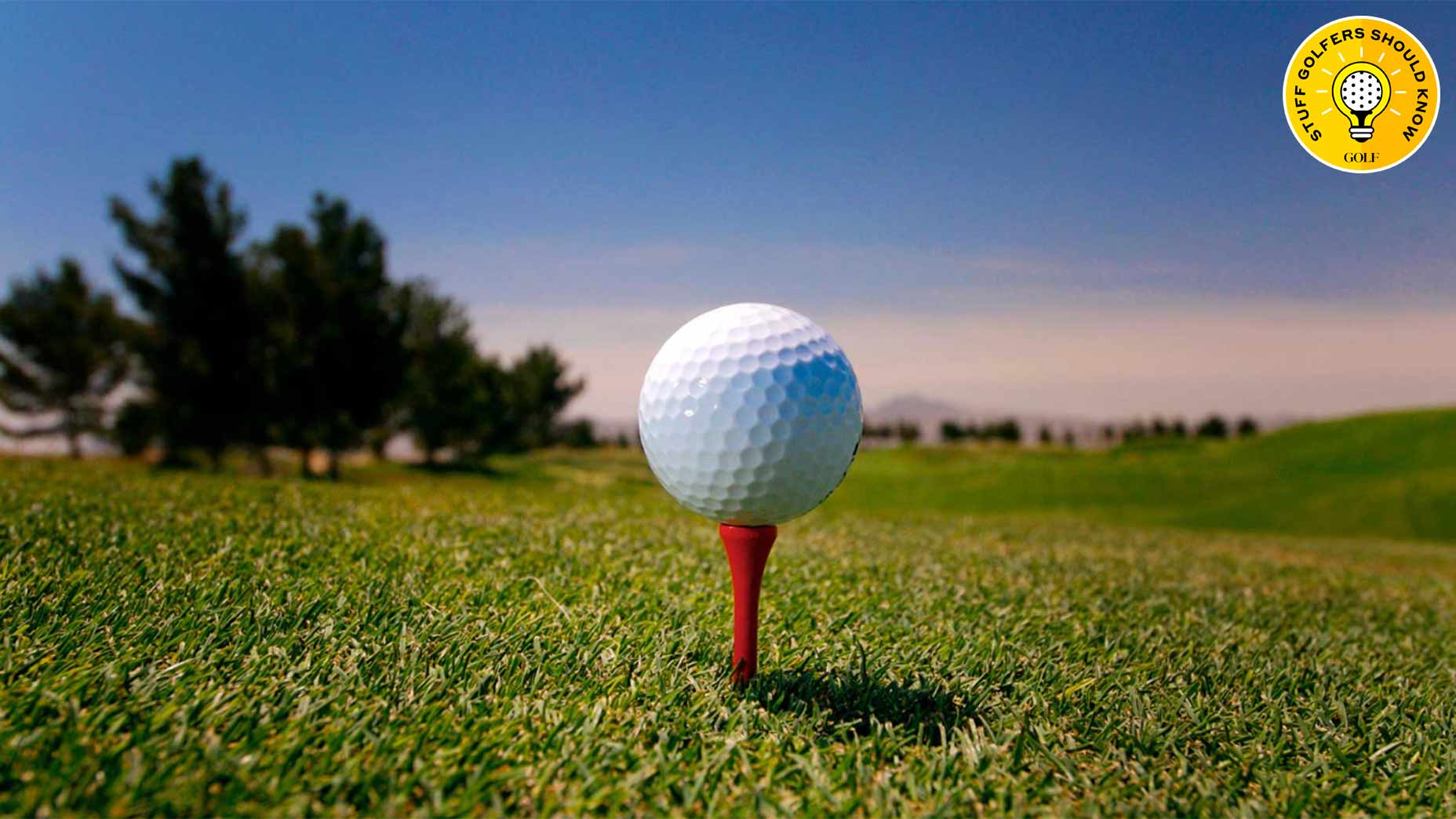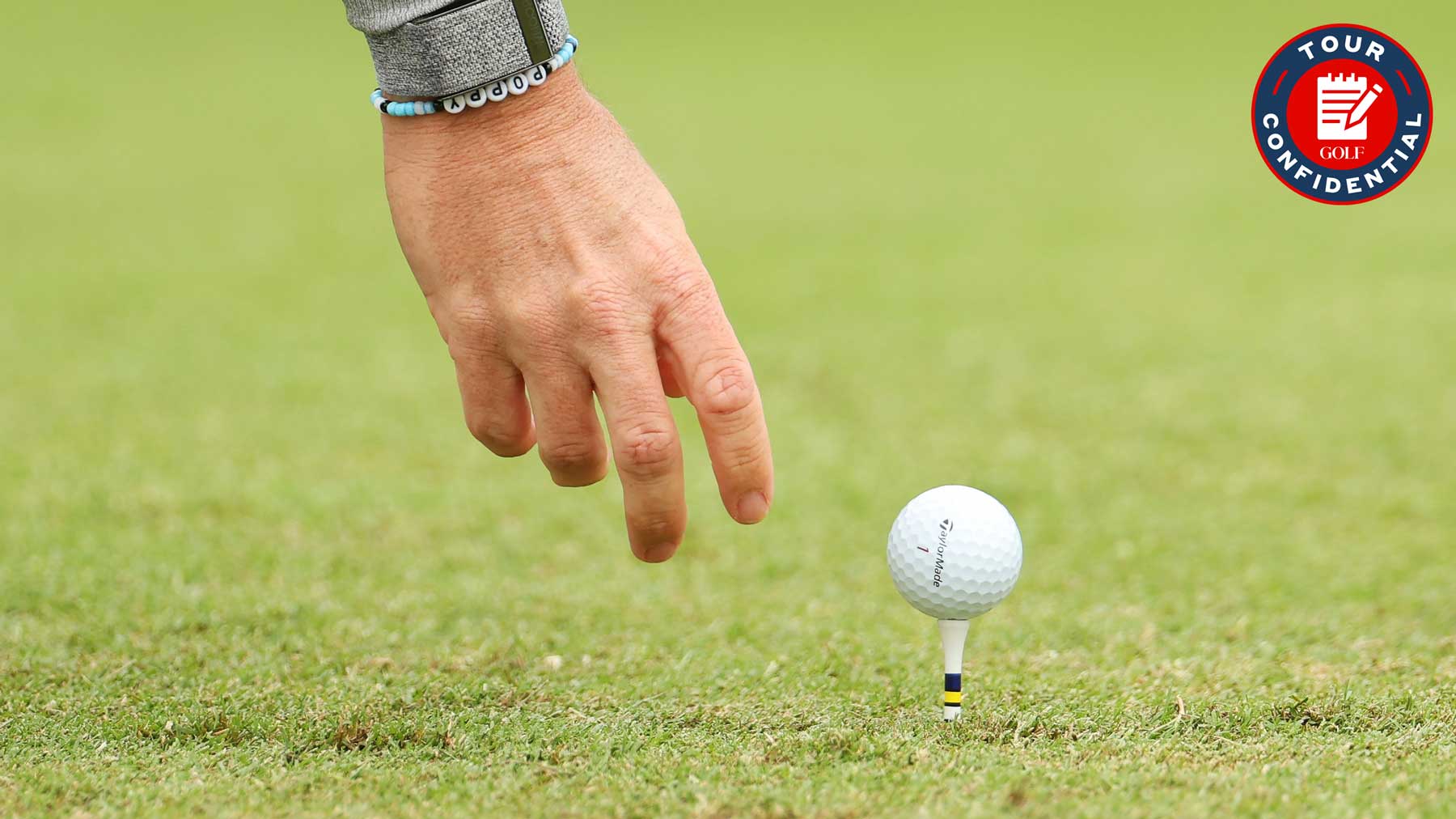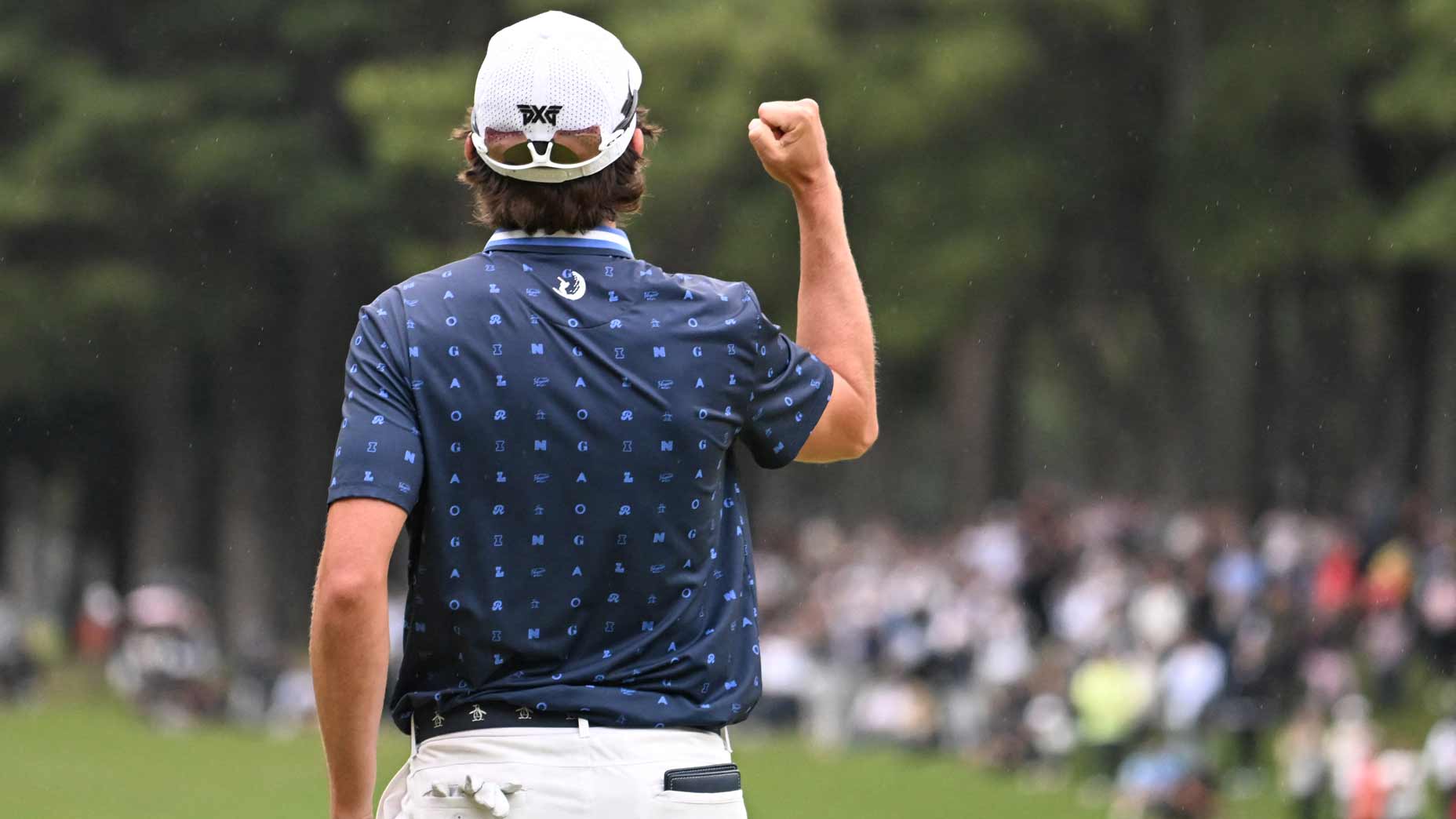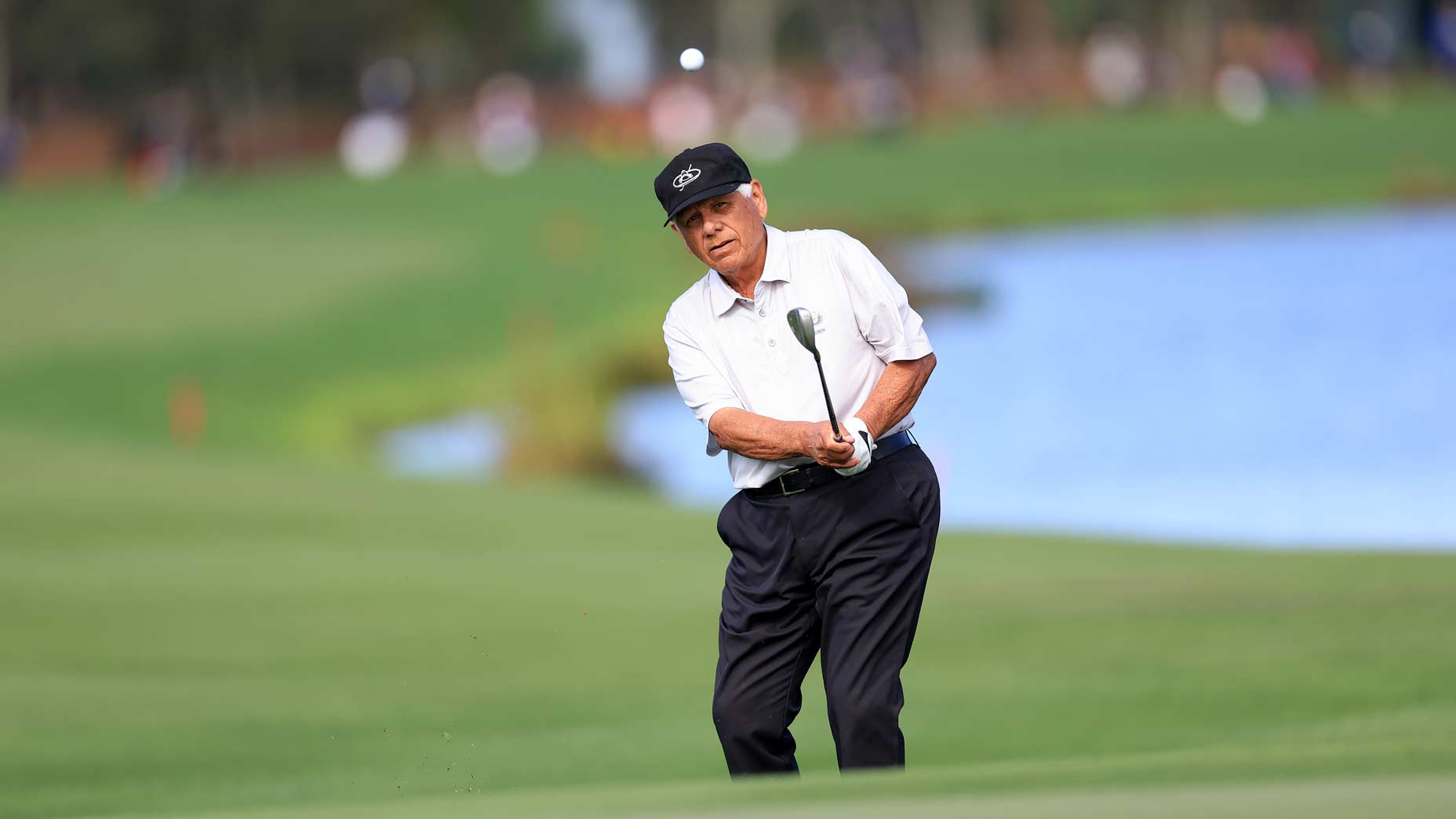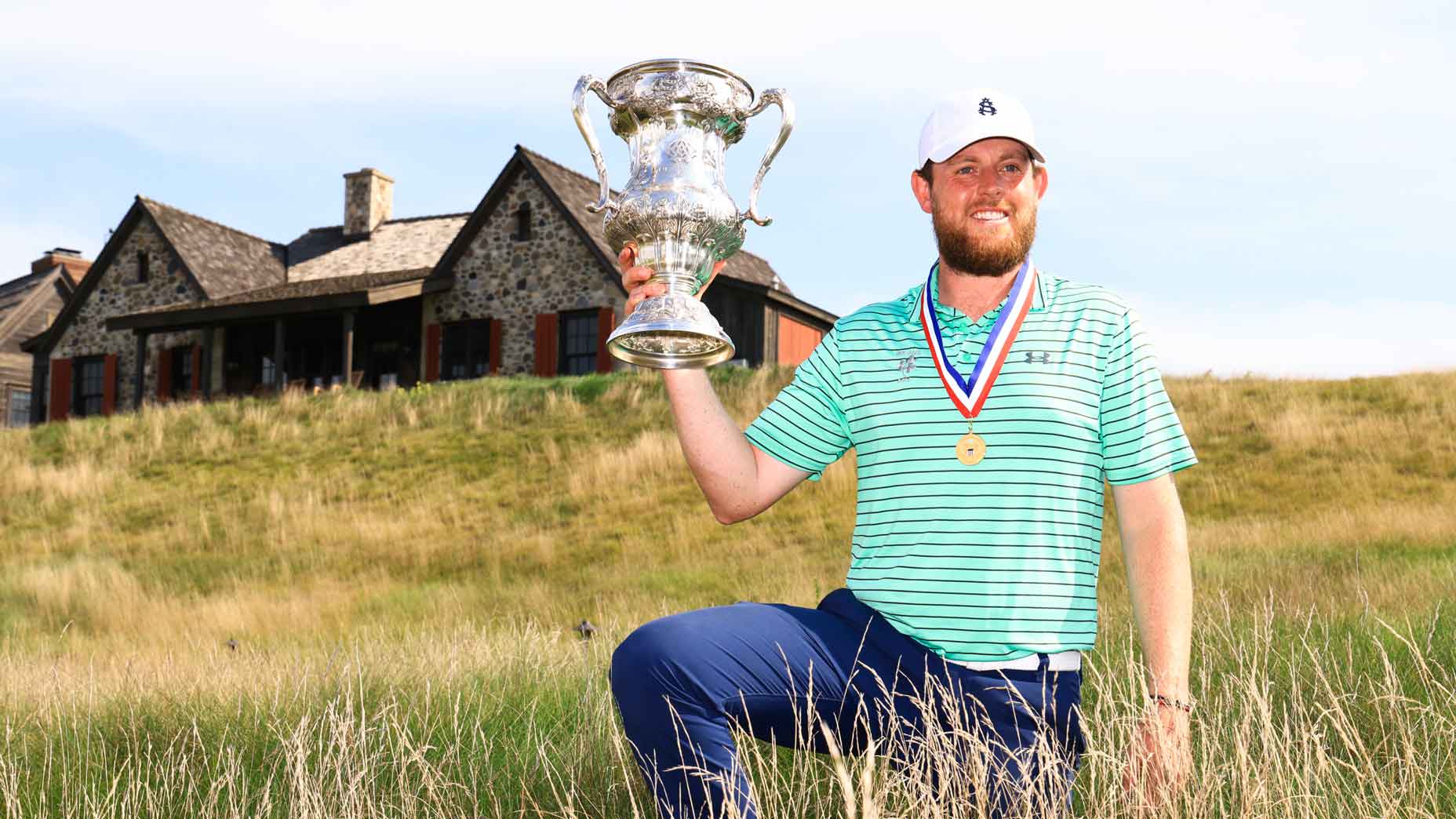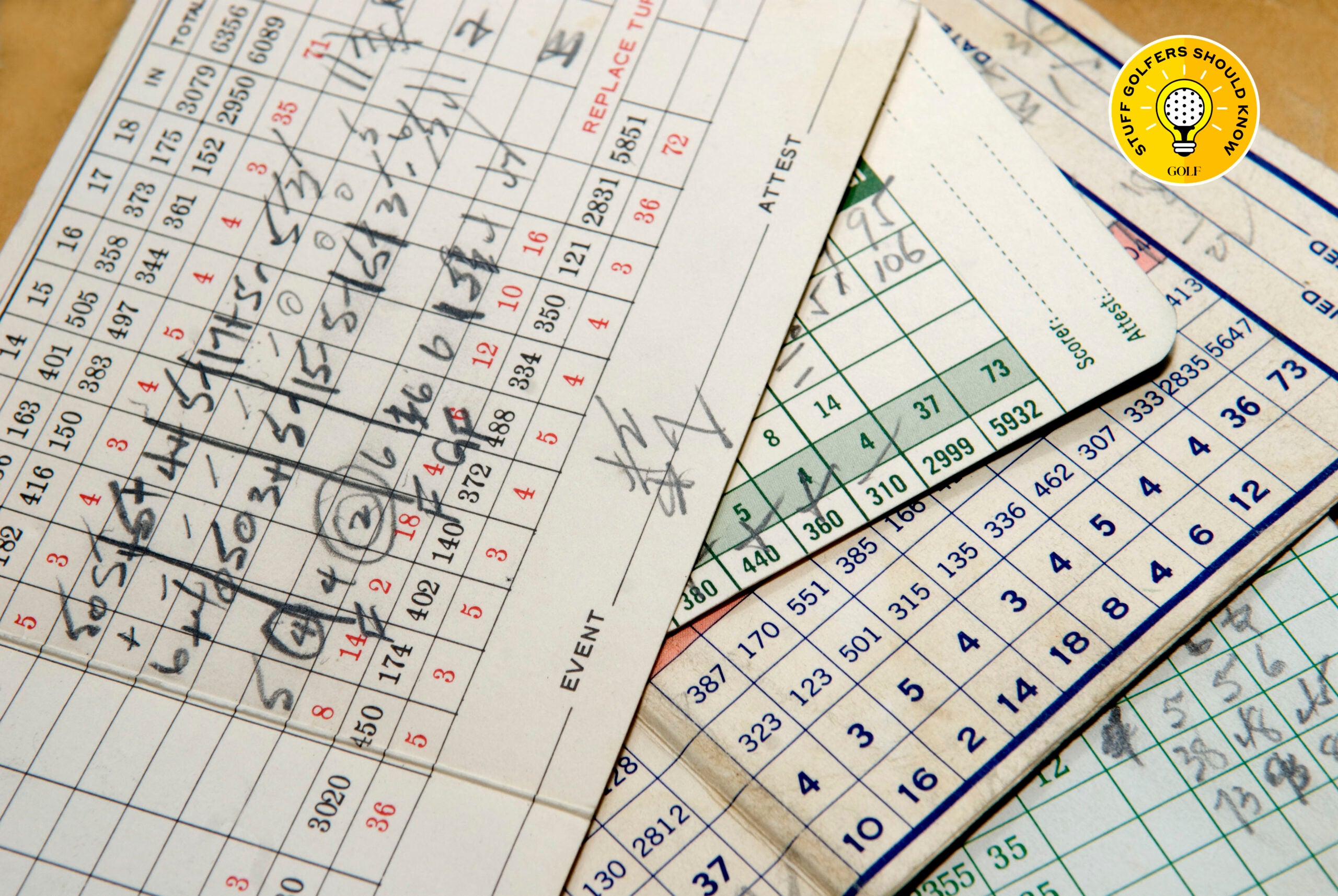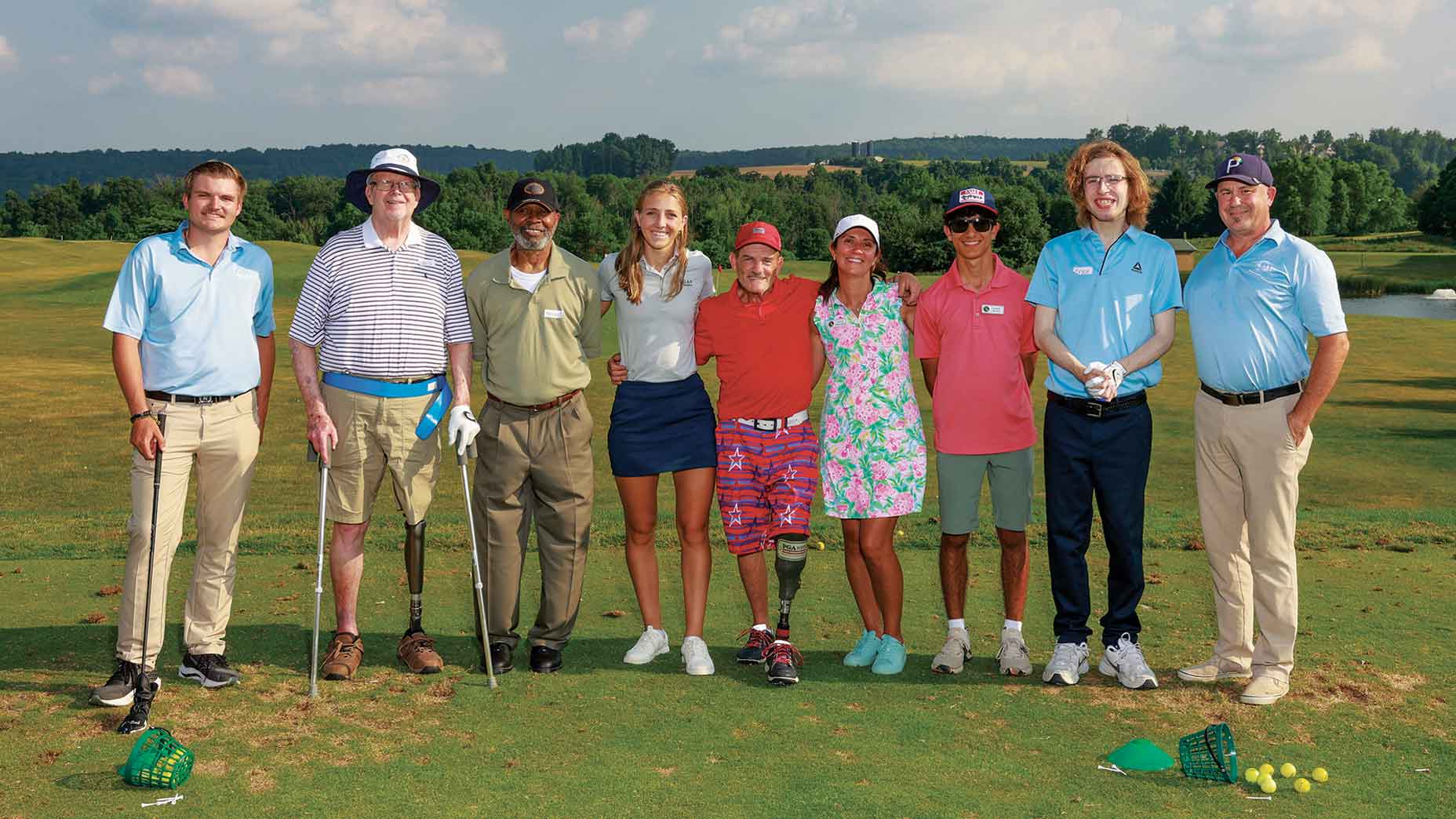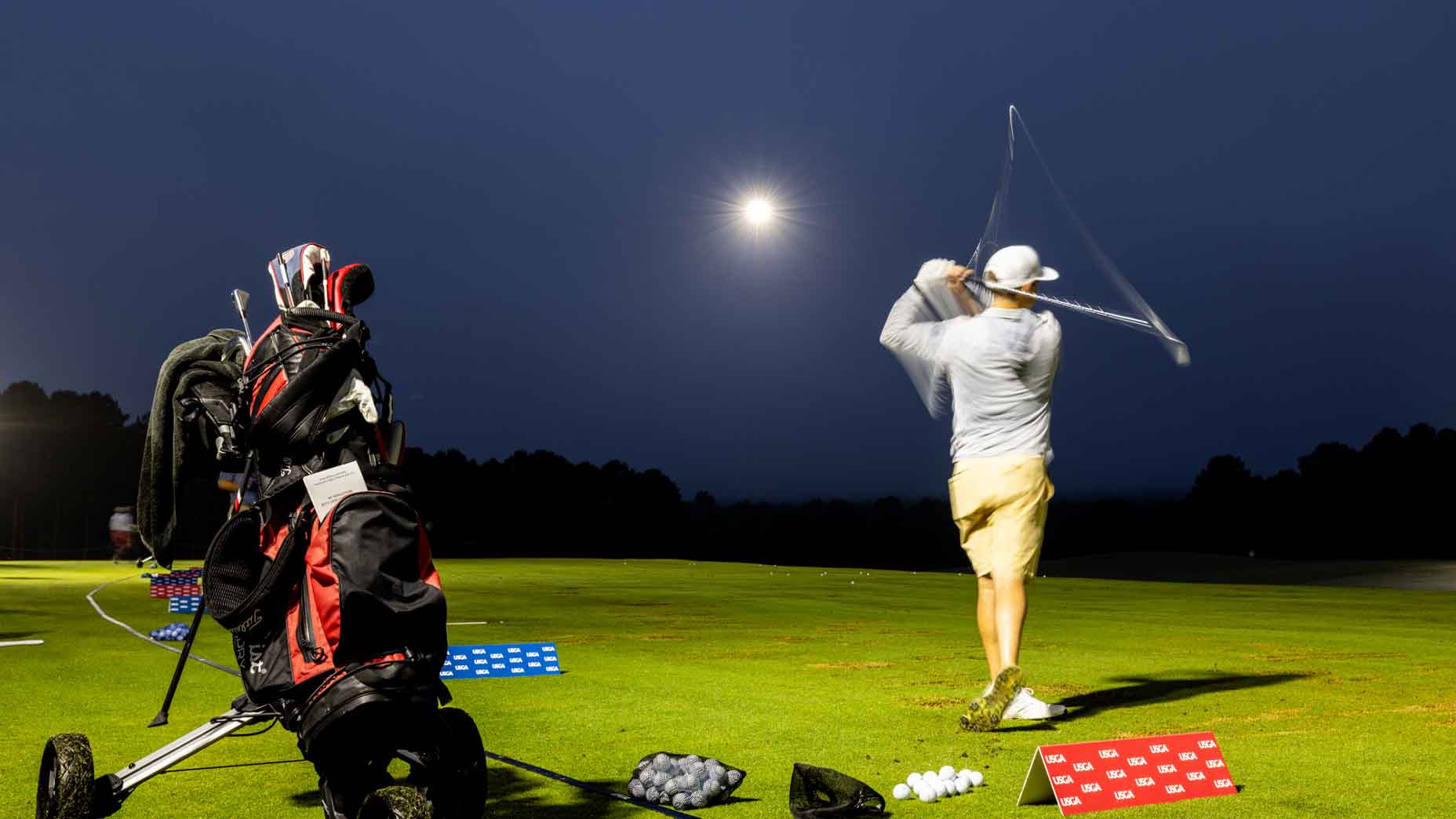7 things we learned (and didn’t learn) from the ball-rollback explainer
- Share on Facebook
- Share on Twitter
- Share by Email
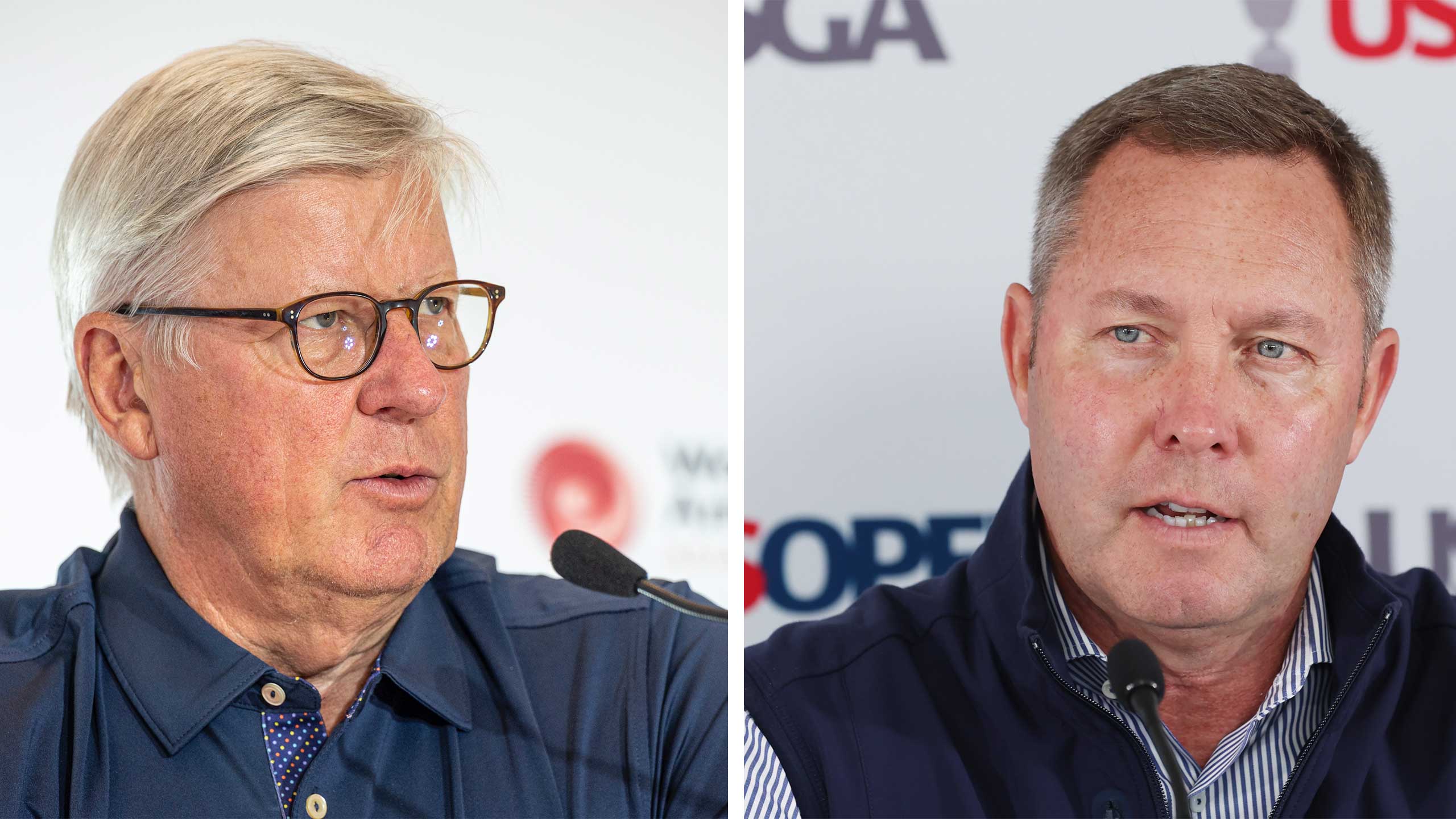
Martin Slumbers of the R&A, left, and the USGA's Mike Whan.
getty images
Governing golf is a lot like playing golf: address one issue, and others arise.
That much was apparent at a press conference Tuesday morning, where USGA and R&A officials — including USGA CEO Mike Whan and R&A chief Martin Slumbers — fielded questions about their new proposal for a rolled-back ball, a change that, if adopted, could lead to the use of reduced-flight balls in professional and elite amateur events.
While the rulesmakers’ answers provided clarity on some matters, they left us uncertain about others.
Here’s what we know — and don’t know — after the back and forth.
1. Limited-flight balls would be used at the U.S. Open and Open Championship
The governing bodies don’t just make rules and issue recommendations. They also run competitions, including two of the four majors. Under the new proposal, tournament operators would have the option of requiring limited-flight balls. So, would the USGA do that at the U.S. Open? What about the R&A at the Open Championship? The answer from Whan was an unequivocal, “Yes.”
“I won’t speak for the R&A,” Whan added, “but I think it’s safe to say we wouldn’t be suggesting this if we didn’t think this would be something we would utilize, as well.
How would golf-ball manufacturers make a shorter ball, anyway? Here are 3 waysBy: Ryan Barath
Slumbers: “Same as Mike, yes.”
2. But that wouldn’t happen this year, or the next year, or the year after, or…
Okay. So, when? That’s unclear.
Under the proposal, the rollback option could go into effect as early January 2026. But no sooner. The 2026 U.S. Open will be held at Shinnecock Hills; the 2026 Open Championship is on tap for the Old Course at St. Andrews.
But that doesn’t mean we’re guaranteed to see the likes of Jon Rahm and Scottie Scheffler taking on those storied venues with reduced-flight balls. With their announcement, the USGA and R&A have also requested feedback from others stakeholders in the game: manufacturers, players, tournament operators, and on. The comment period runs through mid-August. Don’t expect any further decisions from the governing bodies on this matter until then.
3. Wait, does that mean we might not get a rollback rule at all?
It’s possible, but it seems unlikely. The USGA and R&A have been looking long and hard at this matter, and they arrived at their proposal after careful consideration. In theory, they could change their minds and decide that the rollback proposal needs to be modified, or scrapped all together.
A dummy’s guide to the brand-new golf ball rulesBy: Dylan Dethier
Maybe someone will come up with a persuasive argument against it. But it’s hard to imagine the governing bodies hearing anything they haven’t heard before.
4. A rolled-back ball would be used in the U.S. Amateur, but not at your club championship
The USGA and R&A have both said that they are “strongly opposed to any rules changes that will make the game less fun for recreational golfers.” Translation: you will not be required to play with a limited-flight ball in your Saturday skins or your local league.
It won’t happen at your club championship, either. The governing bodies said the rule, if adopted, would be implemented in their elite competitions at the start, such as the U.S. Amateur and the Amateur Championship. How things would shake out after that is TBD. There are, after all, many levels of amateur competition, including tournaments with juniors who hit the ball as far pros. On Tuesday, the governing bodies said that part of the discussion in the coming months will focus on where to draw the line.
5. The rollback would not apply to the women’s game
The governing bodies made it plain on Tuesday that they do not see distance as an issue in the women’s game. Not yet, anyway.
That’s a decision with which the LPGA is on board. In a statement Tuesday, the LPGA said, in part: “At this time, we do not see distance as a hindrance toward the growth of the LPGA Tour or to the courses on which we can compete. We intend to explore and examine this proposal during the comment period and beyond from all angles.”
6. The other majors will decide for themselves
The governing bodies do not run the Masters or the PGA Championship. Any decisions regarding a rolled-back ball in those events will be up to Augusta National and the PGA of America, respectively, and neither of those institutions has announced its position on the matter yet.
Tour Confidential: Is the golf-ball rollback a good idea, and will the PGA Tour fall in line?By: GOLF Editors
When reached for comment by GOLF.com on Tuesday, Augusta National declined to comment. The PGA of America did not respond to an email inquiry.
7. Players with faster swing speeds will see greatest distance loss
In its press release announcing the proposed rule, the USGA said, “The modified testing setup in the proposed MLR is expected to reduce hitting distance by 14-15 yards on average for the longest hitters with the highest clubhead speeds.”
When asked for clarity later on Tuesday about how players of differing swing speeds would be impacted by a modified ball, a USGA spokesperson said: “Our research indicates that high swing speed players would lose about 18 yards, the average tour player would lose 14-15 yards, and slower swing speed tour players would lose 10-12 yards.
“As impact speed increases the coefficient of restitution of the ball (i.e. resiliency/efficiency) decreases; so slower swing speed players see a slightly smaller percentage loss.”
Latest In Gear

Josh Sens
Golf.com Editor
A golf, food and travel writer, Josh Sens has been a GOLF Magazine contributor since 2004 and now contributes across all of GOLF’s platforms. His work has been anthologized in The Best American Sportswriting. He is also the co-author, with Sammy Hagar, of Are We Having Any Fun Yet: the Cooking and Partying Handbook.


